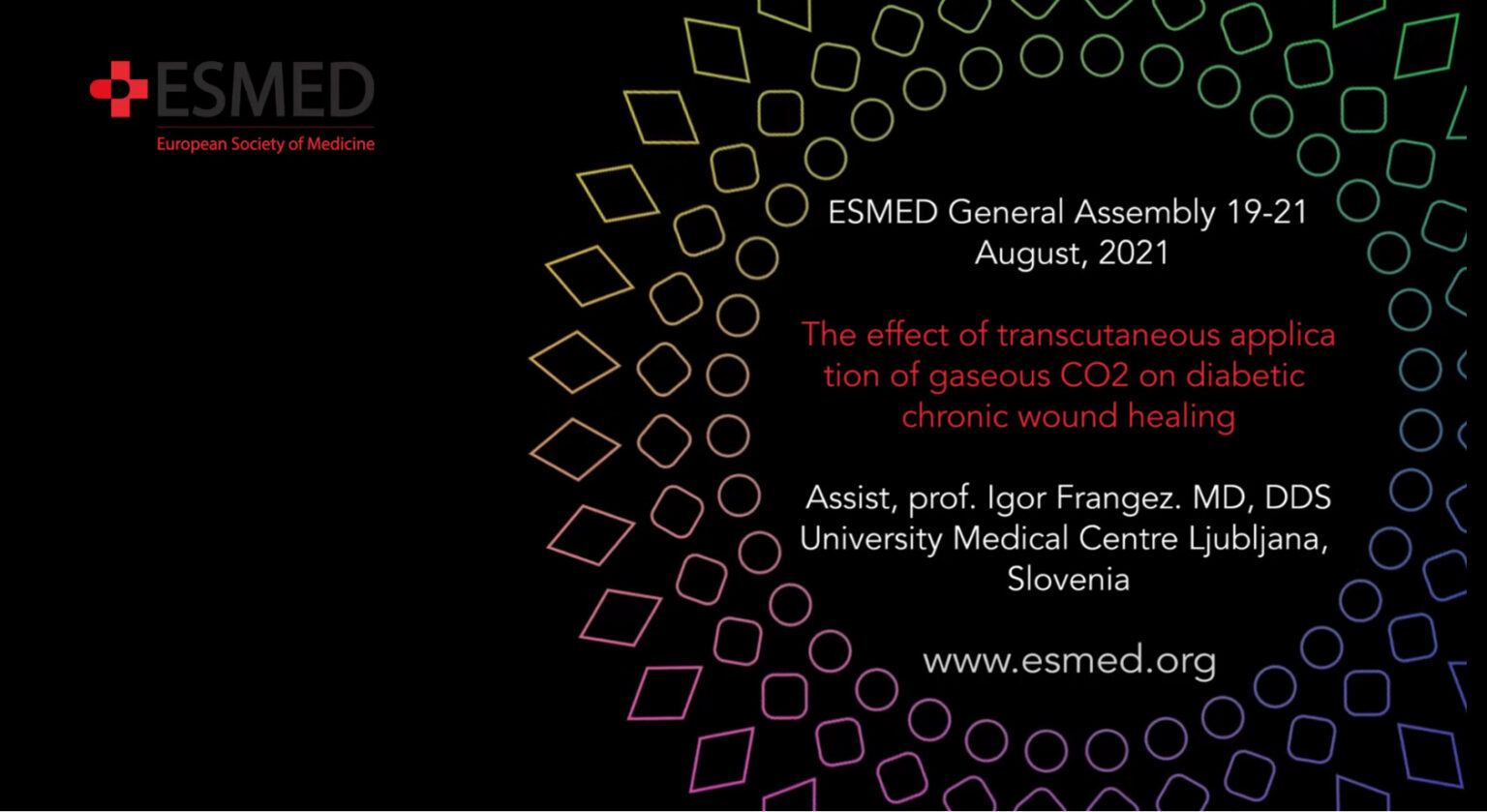Surgery
Targeted Muscle Reinnervation
Angelo Lipira
Building a Surgical Home Hospital: Applying Lessons From ERAS
Dan Ellis
In 2020, the Massachusetts General Hospital launched an innovative approach to perioperative care where patients received hospital-quality care outside of the main campus following surgical procedures.… This novel program, named the Surgical Home Hospital, grew out of the home-based care continuum at Massachusetts General Hospital.
Ischemic-trained monocytes improve arteriogenesis in a mouse model of hindlimb ischemia.
Roberta M. Lassance-Soares
Objective: Monocytes, which play an important role in arteriogenesis, can build immunological memory by a functional reprogramming that modifies their response to a second challenge. This process, called “trained immunity,” … is evoked by insults that shift monocyte metabolism, increasing hypoxia-inducible factor (HIF)-1α levels. Since ischemia enhances HIF-1α, we evaluate whether ischemia can lead to a functional reprogramming of monocytes, which would contribute to arteriogenesis after hindlimb ischemia.
Methods and Results: Mice exposed to ischemia by 24h of femoral artery (FA) occlusion (24h trained) or sham were subjected to hindlimb ischemia one week later; the 24h trained mice showed significant improvement in blood flow recovery and arteriogenesis after hindlimb ischemia. Monocyte adoptive transfer using bone marrow-derived monocytes (BM-Mono) from 24h trained or sham donor mice, demonstrated that recipients subjected to hindlimb ischemia who received 24h ischemic-trained monocytes had remarkable blood flow recovery and arteriogenesis. Further, ischemic-trained BM-Mono had increased HIF-1α and GLUT-1 gene expression during 24h of FA occlusion, which returned to baseline values 2 days after the opening of the FA (when ischemia was ended and monocytes isolated for the experiments – 24h trained group). Transcriptomic analysis and confirmatory qPCR performed in 24h trained and sham BM-Mono revealed that among the 15 top differentially expressed genes, four were involved in lipid metabolism in the ischemic-trained monocytes. Further, several histone-modifying epigenetic enzymes measured by qPCR were altered in mouse BM-Mono exposed to 24h hypoxia.
Conclusion: Ischemia training in BM-Mono leads to a unique gene profile and improves blood flow and arteriogenesis after hindlimb ischemia.
Mass Casualties, Pandemics, Global Surgery: How to Achieve the UN Healthcare-Related Sustainable Development Goals for 2030
Russell Andrews
Objectives: Given that lack of surgery results in 1/3 of all deaths worldwide and that the resulting global Gross Domestic Product (GDP) loss by 2030 will exceed US$1.5 trillion annually, achieving the United Nations (UN)… healthcare-related Sustainable Development Goals (SDGs) for 2030 makes both humanitarian and economic sense. In addition to global surgery deficits in day-to-day care, hundreds of thousands of victims annually of both natural and man-made mass casualty disasters require urgent surgery – not the current delay of a week or more.
There is great need for surgical programs to achieve the UN healthcare-related SDGs for 2030.
Methods: The trauma/stroke (T/S) center model – 24/7/365 availability of emergency/intensive care, radiology, laboratory, blood bank, and programs for prevention, emergency transport, rehabilitation, and research – has improved morbidity/mortality for surgical conditions (in addition to injuries and cerebrovascular accidents) from difficult childbirth to acute abdomen to cancer and cardiac emergencies.
Keys to expanding the T/S center model for global surgery include: (1) integration of healthcare resources nationally: civilian (public, private, NGO) and military; (2) collaboration among resources internationally: UN, WHO, NGOs, as well as between developing and developed countries (a.k.a. “twinning”); (3) innovation in technology: digital medicine, including smartphones and telesurgery; battery-powered mobile equipment, e.g. CT, MRI, ultrasound; drones and robots.
Results: The Mass Casualty Center (MCC) project is a growing consortium of experts in various fields essential for cost-effective and resilient global surgery: surgeons from various subspecialties, global nursing leadership, digital communication specialists, healthcare infrastructure architects, and healthcare administrators (including former ministers of health). Examples of progress thanks to interdisciplinary efforts: nationwide telemedicine programs improve healthcare outcomes while reducing costs (e.g. Albania, Cabo Verde); drones fly lab samples, blood products, antibiotics, and vaccines to remote regions (e.g. Rwanda, Ghana); integration of civilian and military resources improves day-to-day and emergency response (e.g. Chile); full-service healthcare systems – from prevention programs to ambulances to hospitals to medical and nursing schools to rehabilitation – provide integrated care (e.g. Peshawar, Pakistan).
Conclusions: By fostering integration, collaboration, and innovation, physicians and colleagues can enable the UN healthcare-related SDGs for 2030. Interdisciplinary projects like the MCC create opportunities for sustainable progress in global surgery – benefitting both day-to-day care and mass casualty events (including acute trauma events and sub-acute pandemic events). As noted on 21 August 2021 by The Economist (regarding the COVID pandemic): “Even if the next disaster cannot be predicted, having good infrastructure can make all the difference.

